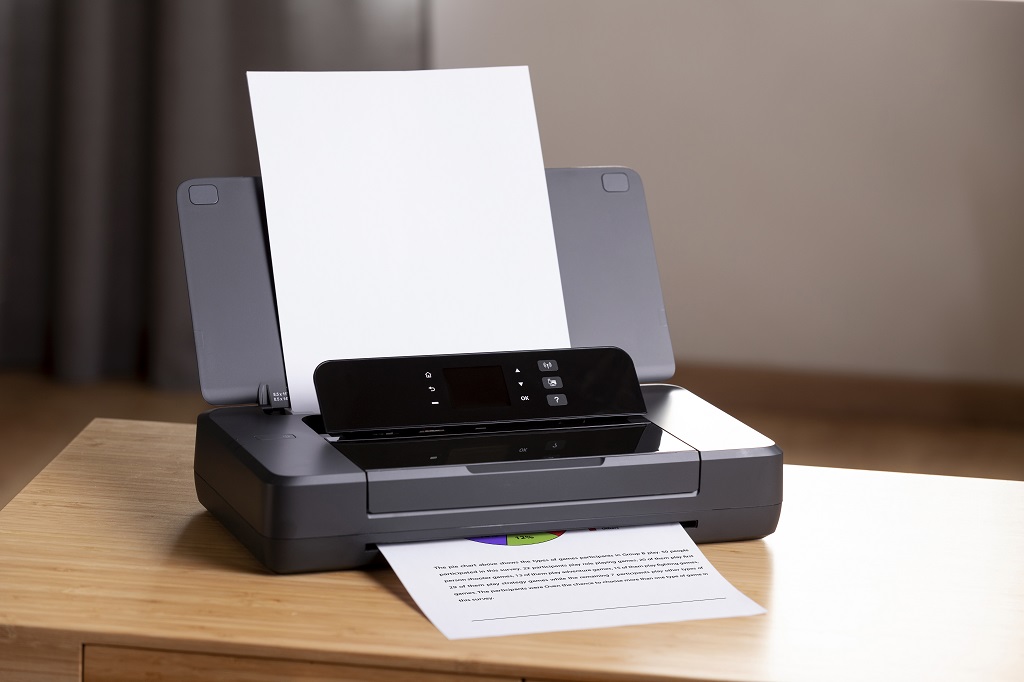Israel-based
company Reep Corp has invented a new technology that removes ink from printed
paper. The device can remove ink from paper in no time. This technology enables
each paper to be used up to 10 times, making it bright white again and reducing
overall cost.
Why the need for such a technology de-printer.
The pulp and paper industry is the fourth largest carbon emitter worldwide. Even in the digital age, there is no alternative solution to climate-changing carbon dioxide (CO2) emissions from the paper and pulp sector.
Such climate-changing carbon dioxide (CO2) emissions from the paper and pulp sector have a huge impact on the environment.
Along with unlimited wastage, the demand for paper is still growing, so to solve such an issue there is a need for technology that reduces paper waste and climate-changing carbon dioxide (CO2) emissions from the paper and pulp sector. be able to reduce.
History of invention D-ink and reuse of paper technology.
The concept of removing ink from paper is not new, but it has never been scaled up to an industrial scale. About 28 years ago in 1994, the US government granted a patent to one Richard Buie for inventing a method to de-ink and reuse paper sheets to reduce the cost of new paper.
A similar piece of research was published in The Royal Society on 25 September 2009 with the title 'Using solvents to remove toner print so that office paper can be reused'. The research paper, written by Thomas AM Counsel and Julian M Allwood, reported on experiments that investigated the use of solvents to "remove black toner prints from white cut-size office paper".
How this technology of D-ink or D-printer works
Reap technology requires a special coating on the paper. It uses green lasers to "de-print" the sheet, and claims to "completely remove all ink from the page.
Initially implemented for copier paper, the system allows users to print and re-print up to 10 times on the same sheet of paper, ” printer maker Toshiba also used a heating method and its own proprietary toner. developed erasable toner.
It brought the product to market in the shape of its Echo MFP office printer, which contained normal black and erasable blue toner, allowing the paper to be erased and reused.
Specially coated paper, which prevents ink (or powdered toner) from soaking into the sheet, is the secret of so-called "D-printers". The ink is then vaporized by a strong laser.
The REEP method completely removes all ink from the paper using state-of-the-art laser technology. The basis of Reap's solution is laser de-printing in conjunction with state-of-the-art materials that allow paper to be reused.
Advantage of D-ink or D-printed technology.
Reap Corp claims that its REEP printer offers the print industry's first reprintability using innovative laser technology that can completely remove all ink from the page.
The system also allows users to print and re-print the same sheet of paper up to 10 times.
The company says it provides its customers with their own d-print devices and reusable paper, eliminating the need to purchase, store, collect, shred and recycle single-use printer paper.
The main feature of these D-printers is that they are compatible with legacy office printers and inks. They do not compromise on paper and printing standards and cut down on companies' overall printing and paper costs.
Reap system transforms the carbon footprint of office printing, reducing carbon emissions and resource consumption by over 90%.
Trees are left standing to enhance carbon sequestration, allowing the print the atmosphere of operations becomes positive." Reap's technology could actually help solve one of the major
problems facing the paper industry.








